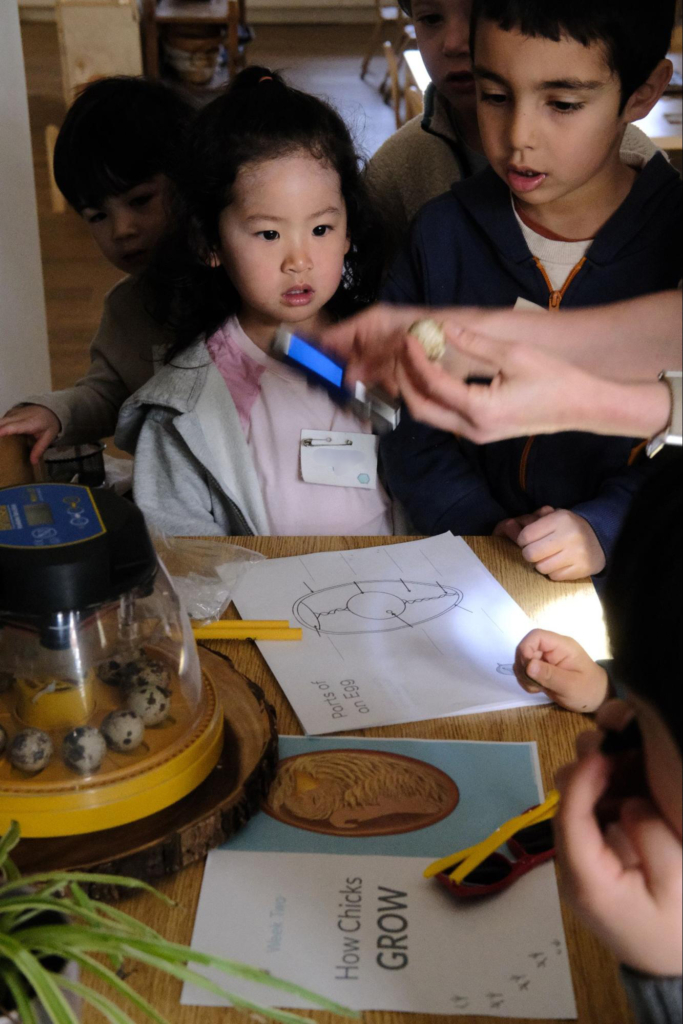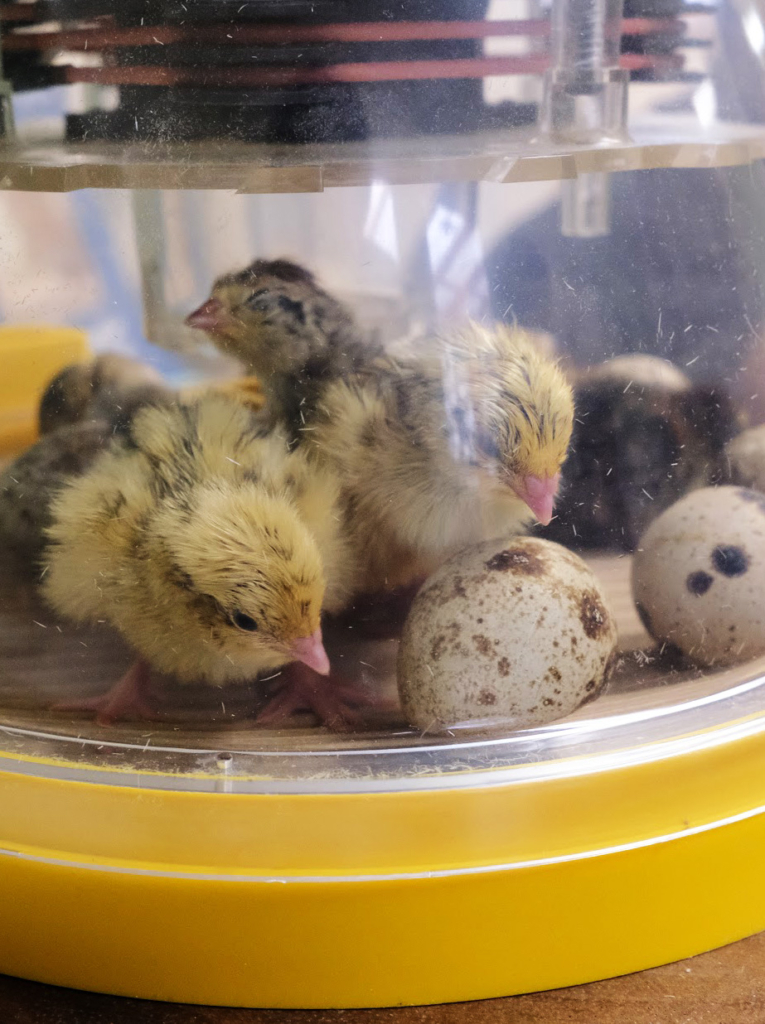Journeys - Preschool
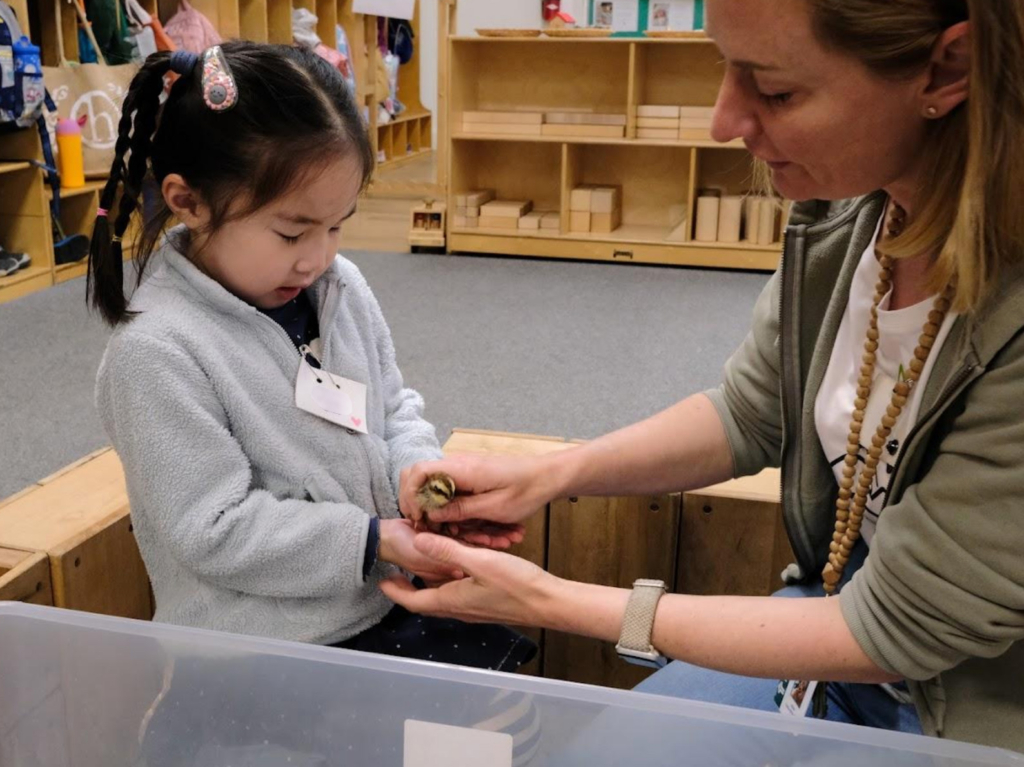
Tessellations Children’s Center Learning Journeys
Learning journeys are at the heart of the Tessellations curriculum. Learning Journeys are a project-based approach to instruction that weave academics into a meaningful and integrated storyline, instead of treating subjects as discrete classes. Students develop conceptual understanding through critical examination, deep reflection, and making meaningful connections to the real world, all in a collaborative learning environment.
Tessellations Children’s Center (TCC) teachers carefully observe children’s play to see what can become a Learning Journey built around their interests. The length of the TCC Learning Journeys is variable, depending on children’s engagement. It is important to note that Learning Journeys are broad summaries of the many things children learn and do month-to-month. Other times, teachers are exploring new territory, probing the childrens’ curiosity in novel directions as part of Art, Music, Literacy and much more. Take a look at one of our monthly parent newsletters.
Here are a few of our journeys this year: Ecology, Restaurants, Quails.
Ecology

Children helped to plant and water baby lettuce and broccoli in the garden. They enjoyed watching it grow and caring for it. When they noticed the persistent nibbles of curious animals, they worked together to protect it. They added owl garden statues to discourage critters and filled them with sand to keep them steady on the tree stump. Later made a scarecrow, aptly named “Thomas E. Scarecrow,” to watch over the garden. These were fun projects where the children shared ideas and worked together to problem-solve.
With the changing of seasons came the surfacing of tiny creatures, worms using the wet and warmer soil to search for better pastures, ants searching for new sources to replenish their colony’s stock. Our preschoolers explored the fascinating world of bugs and insects. They enjoyed bug songs and insect stories. During walks, children collected natural objects like pine cones, stones and leaves to create beautiful 3D sculptures. Using bug jars or magnifying glasses, they closely examined insects, honing their observational skills and discovering the beauty in even the smallest creatures.
Teachers built upon this interest with class projects, such as adding snails in a large terrarium or making organic worm compost. Composting sparked a conversation around sustainability with the opportunity to care for our environment. Children made their own compost in a jar with fruit peels and vegetables that they cut into smaller pieces as well as eggshells they smashed into tiny bits. They added some dirt as well as the worms and then put the jars in a sunny spot. The sun helped heat up the mix and speed up the composting. They waited for more than 10 days and were delighted to find that all the fruit and veggie waste had been thoroughly decomposed into the soil, resulting in organic compost. They then put some of this compost in our garden, hoping that it would boost the growth and strength of our vegetables!
Birds have also been a huge part of our garden area as children observed birds with sketch pads in hand, fluttered wings as birds during music, and learned about the importance of providing shelter through birdhouses for their feathered friends that visit the garden.

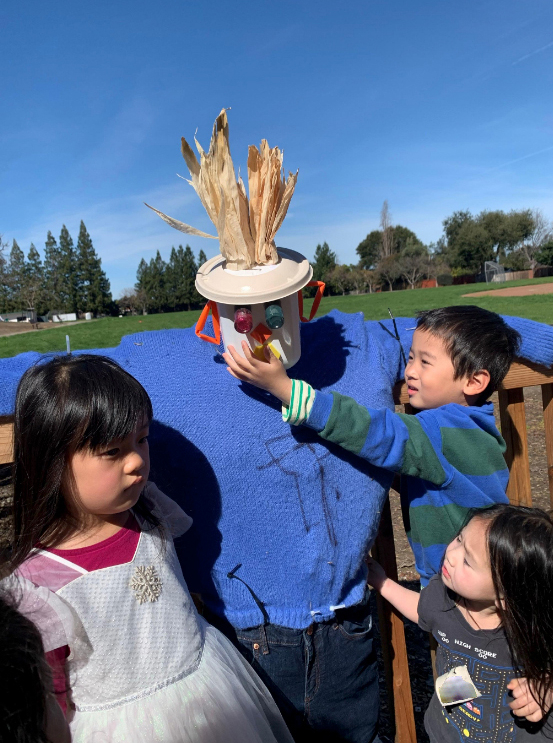

Restaurants



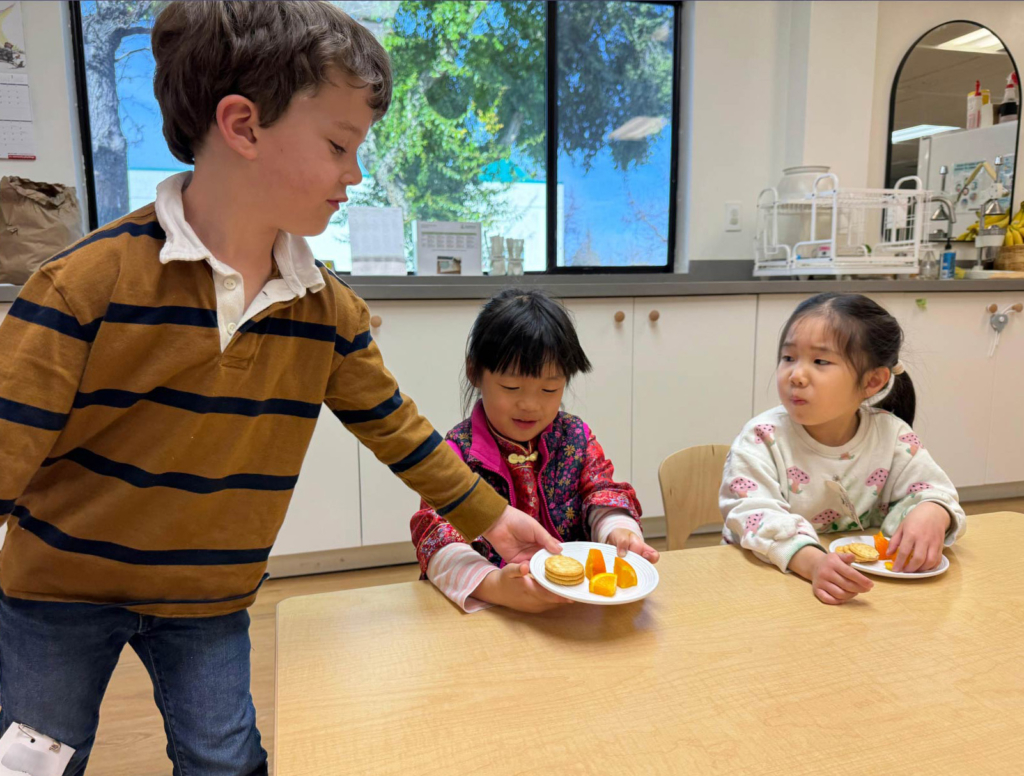
As the children became more familiar with particular foods during snack time, they realized that we can combine or transform ingredients into entirely new dishes. For instance, some students learned that the “orange” in “orange juice” refers to the same fruit only after juicing their very own! With an abundance of apples, we set up an assembly line where children used crinkle cutters to cut apples into little pieces. Others juiced those little pieces and everyone was invited to share in our very own juice bar. The children even made banana “ice cream” by pushing frozen bananas through our masticating juicer. The bananas come out cold, creamy, yummy, and healthy.
During snack time, we’ve established a lovely tradition where children eagerly take turns serving food to their peers who sincerely thank them. This not only fosters a sense of responsibility but also encourages the practice of grace and courtesy.
Cooking became one of the most common forms of imaginative play in the Sand area, from baking cakes for upcoming birthdays, to opening shops to sell their creations to each other and their very hungry teachers. Teachers helped children write down their ideas for their new restaurant’s menu.
Children then served patrons, practicing their listening skills. Taking and delivering the correct orders strengthened the children’s listening comprehension skills. Scooping, pouring, ladling and stirring sand and water are fun, engaging ways for young children to build hand muscles and strength, both of which are critical precursors to writing. And perhaps most importantly, children build their self-confidence when they become entrepreneurs, opening their very own successful business
Quails

The class decided to have quails as class pets and worked together to prepare a home for them. The sounds of wood and drills filled the deck as the students worked on putting their hutches together. When they were finished and placed in our garden, the children then collected branches and leaves to help the future animals stay warm and safe. They also added a ball for the chicks to play with.
A quail breeder provided us with an incubator, quail eggs, and a hatching guide. The hatching guide included diagrams of the eggs and the quail which some of the children used to learn more about them. The children continued to learn about and inspect the quail eggs. On the 9th day, we “candled” the eggs. The process of candling involved holding a light up to the underside of the egg and seeing if we could see veins and a dark area, signs that the quails were still developing.
Three weeks later the first chick hatched! A ball of brown, wet feathers emerged from the egg, with a quiet peep. The children saw the chick crane its neck up and try to straighten its legs, becoming more steady on its feet within minutes. The rest of the eggs hatched the rest of the day. It’s a very special feeling to hold a teeny chick in the palm of your hand because, in that moment, the baby is wholly dependent on you to keep it safe and happy. Children typically feel deep empathy and love for the chick, as well as increased self-confidence from being a successful caregiver.
